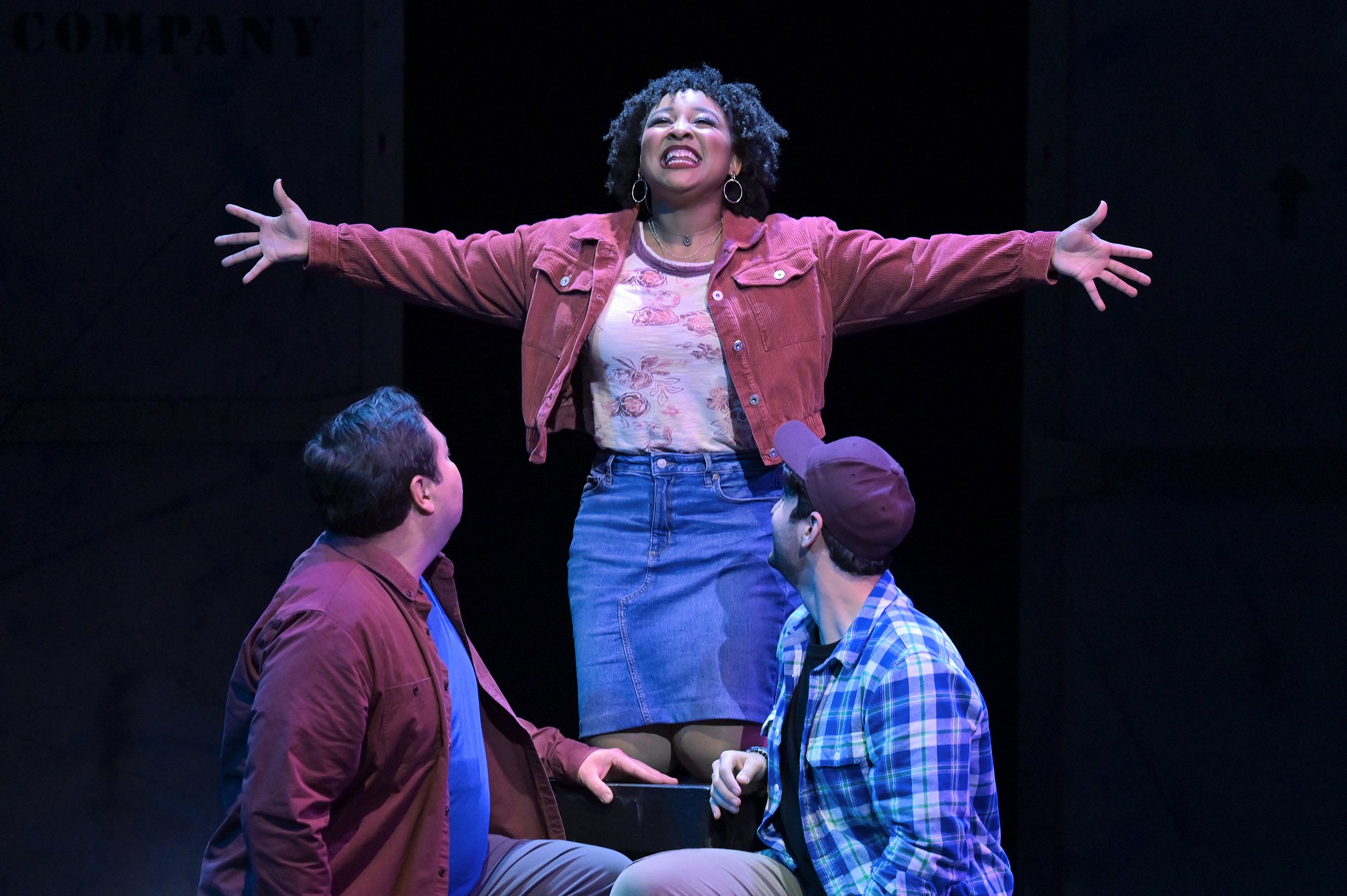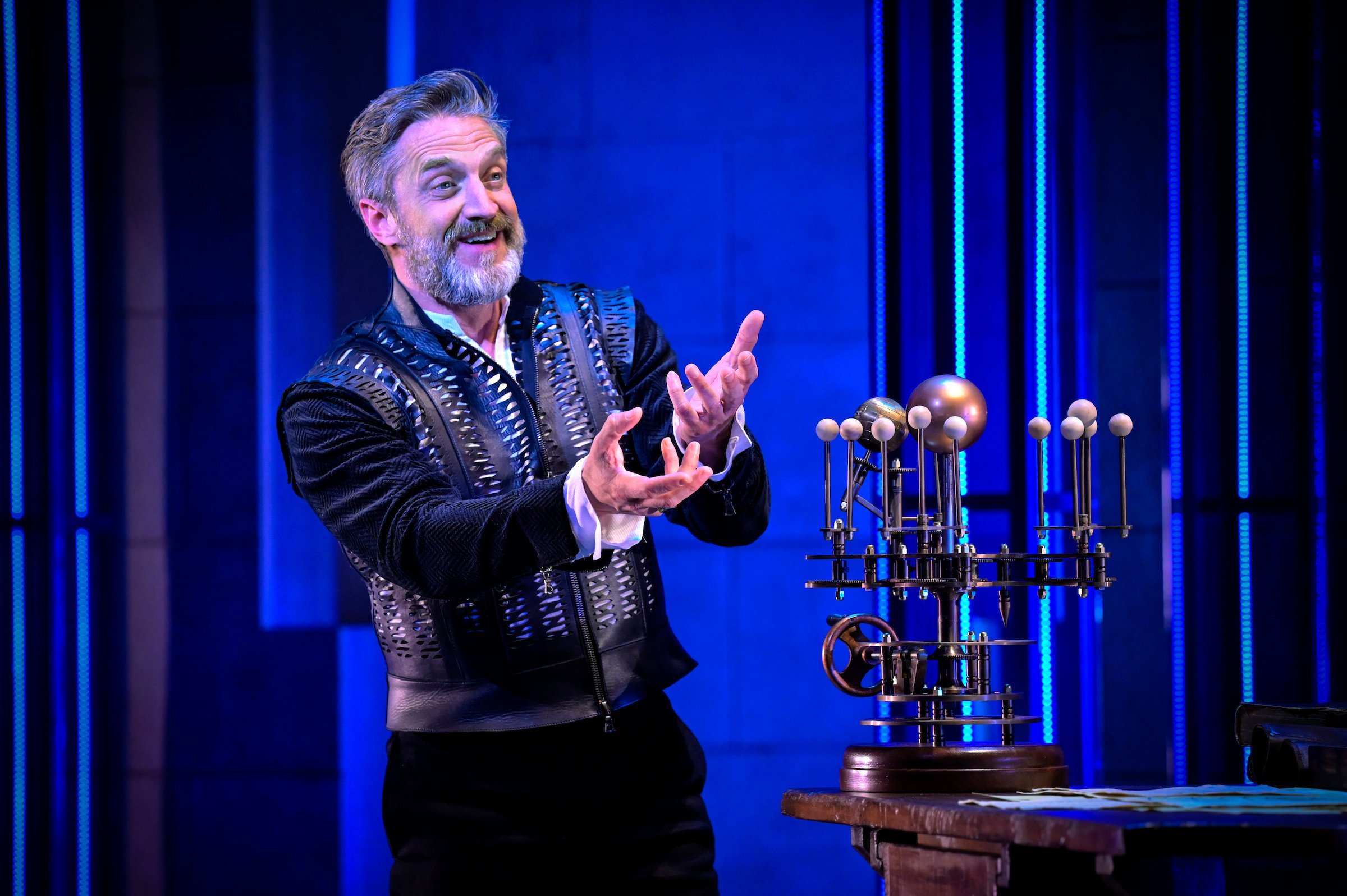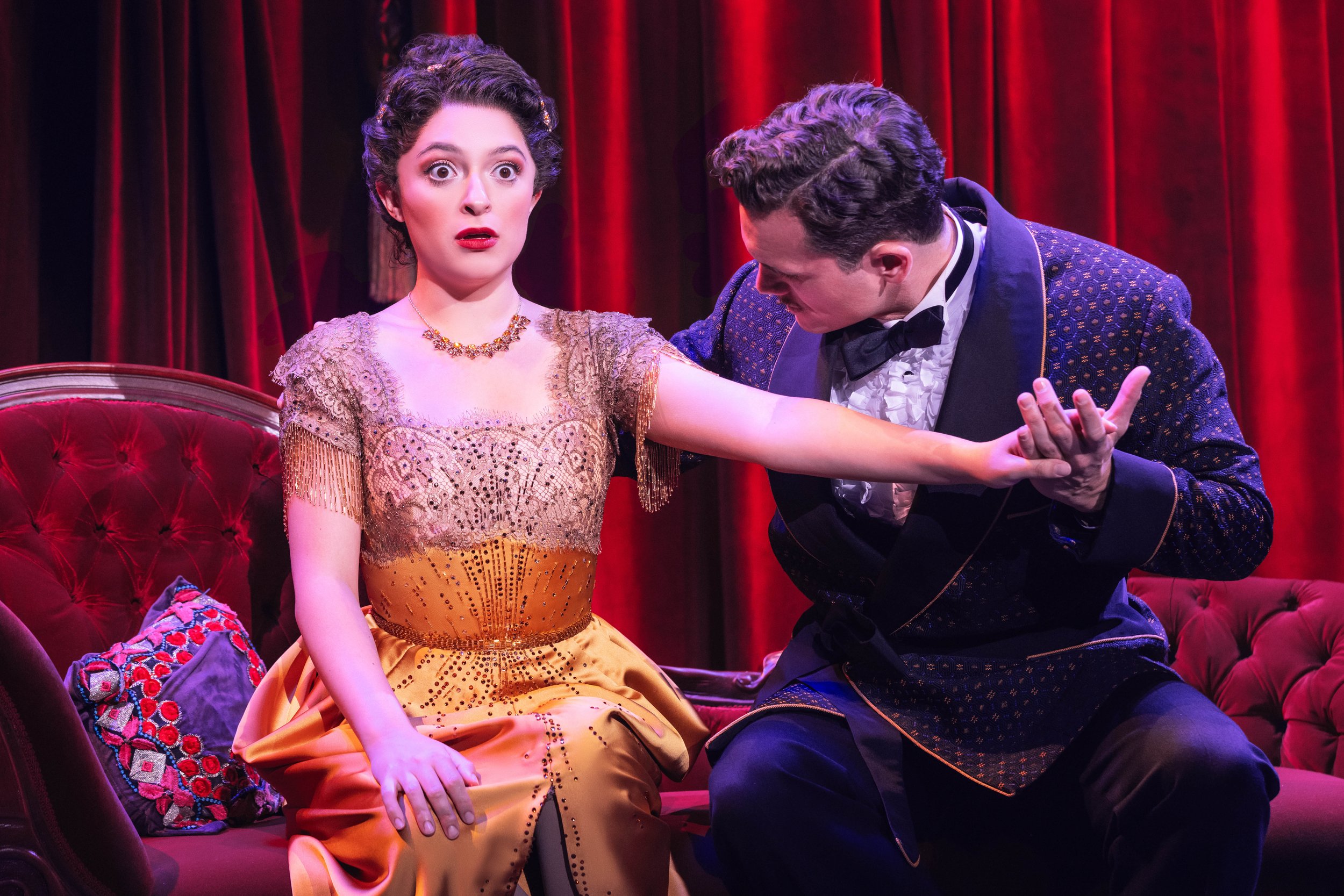BroadwaySF,
musicals,
Max Martin,
David West Read,
Luke Sheppard,
theater review
Chad Jones
BroadwaySF,
musicals,
Max Martin,
David West Read,
Luke Sheppard,
theater review
Chad Jones
Read More
theater review,
local theater,
musicals,
World premiere,
TheatreWorks,
Giovanna Sardelli,
Ashley Robinson,
Dan Gillespie Sells,
Shakina,
Ed Graczyk
Chad Jones
theater review,
local theater,
musicals,
World premiere,
TheatreWorks,
Giovanna Sardelli,
Ashley Robinson,
Dan Gillespie Sells,
Shakina,
Ed Graczyk
Chad Jones
Read More
theater review,
World premiere,
musicals,
American Conservatory Theater,
Ryan Nicole Austin,
Beau Lewis,
Adesha Adefela,
Jamil Jude
Chad Jones
theater review,
World premiere,
musicals,
American Conservatory Theater,
Ryan Nicole Austin,
Beau Lewis,
Adesha Adefela,
Jamil Jude
Chad Jones
Read More
theater review,
BroadwaySF,
Neil Diamond,
Robert Westenburg,
Nick Fradiani,
musicals,
Michael Mayer,
Steven Hoggett,
David Rockwell
Chad Jones
theater review,
BroadwaySF,
Neil Diamond,
Robert Westenburg,
Nick Fradiani,
musicals,
Michael Mayer,
Steven Hoggett,
David Rockwell
Chad Jones
Read More
local theater,
theater review,
musicals,
Stephen Sondheim,
John Weidman,
Brava Theater,
Nick Ishimaru
Chad Jones
local theater,
theater review,
musicals,
Stephen Sondheim,
John Weidman,
Brava Theater,
Nick Ishimaru
Chad Jones
Read More
theater review,
American Conservatory ...,
Pam MacKinnon,
Itamar Moses,
Gaby Alter,
musicals,
local theater
Chad Jones
theater review,
American Conservatory ...,
Pam MacKinnon,
Itamar Moses,
Gaby Alter,
musicals,
local theater
Chad Jones
Read More
musicals,
theater review,
BroadwaySF,
Kander and Ebb,
Walter Bobbie,
Ann Reinking,
Bob Fosse
Chad Jones
musicals,
theater review,
BroadwaySF,
Kander and Ebb,
Walter Bobbie,
Ann Reinking,
Bob Fosse
Chad Jones
Read More
BroadwaySF,
musicals,
theater review,
Robert Zemeckis,
Bob Gale,
Alan Silvestri,
Glen Ballard,
John Rando
Chad Jones
BroadwaySF,
musicals,
theater review,
Robert Zemeckis,
Bob Gale,
Alan Silvestri,
Glen Ballard,
John Rando
Chad Jones
Read More
BroadwaySF,
theater review,
musicals,
Casey Nicholaw,
Matthew Lopez,
Amber Ruffin,
Marc Shaiman,
Scott Wittman
Chad Jones
BroadwaySF,
theater review,
musicals,
Casey Nicholaw,
Matthew Lopez,
Amber Ruffin,
Marc Shaiman,
Scott Wittman
Chad Jones
Read More
musicals,
Jeanine Tesori,
David Lindsay-Abaire,
BroadwaySF,
Curran Theatre,
Broadway,
Carolee Carmello,
Jessica Stone,
David Zinn
Chad Jones
musicals,
Jeanine Tesori,
David Lindsay-Abaire,
BroadwaySF,
Curran Theatre,
Broadway,
Carolee Carmello,
Jessica Stone,
David Zinn
Chad Jones
Read More
theater review,
Broadwaysf,
Lonny Price,
Lauren Latarro,
Larissa FastHorse,
musicals,
Jerome Robbins,
Jule Styne,
Adolph Comden,
Betty Green,
Morris (Moose) Charlap,
Amanda Green
Chad Jones
theater review,
Broadwaysf,
Lonny Price,
Lauren Latarro,
Larissa FastHorse,
musicals,
Jerome Robbins,
Jule Styne,
Adolph Comden,
Betty Green,
Morris (Moose) Charlap,
Amanda Green
Chad Jones
Read More
BroadwaySF,
Wicked,
Stephen Schwartz,
Joe Mantello,
musicals,
theater review,
Winnie Holzman
Chad Jones
BroadwaySF,
Wicked,
Stephen Schwartz,
Joe Mantello,
musicals,
theater review,
Winnie Holzman
Chad Jones
Read More
BroadwaySF,
Rob McClure,
musicals,
Broadway,
theater review,
Jerry Zaks
Chad Jones
BroadwaySF,
Rob McClure,
musicals,
Broadway,
theater review,
Jerry Zaks
Chad Jones
Read More
BroadwaySF,
theater review,
musicals,
Curran Theatre,
Cher,
Rick Elice,
Bob Mackie
Chad Jones
BroadwaySF,
theater review,
musicals,
Curran Theatre,
Cher,
Rick Elice,
Bob Mackie
Chad Jones
Read More
Stephen Sondheim,
George Furth,
Marianne Elliott,
musicals,
theater review,
BroadwaySF
Chad Jones
Stephen Sondheim,
George Furth,
Marianne Elliott,
musicals,
theater review,
BroadwaySF
Chad Jones
Read More
Stephen Sondheim,
Robert Kelley,
William Liberatore,
TheatreWorks,
theater review,
local theater,
musicals
Chad Jones
Stephen Sondheim,
Robert Kelley,
William Liberatore,
TheatreWorks,
theater review,
local theater,
musicals
Chad Jones
Read More
Berkeley Repertory The...,
Raul Esparza,
World premiere,
Michael Mayer,
musicals,
Michael Weiner,
Zoe Sarnak,
Danny Strong,
Jeremy Kushnier
Chad Jones
Berkeley Repertory The...,
Raul Esparza,
World premiere,
Michael Mayer,
musicals,
Michael Weiner,
Zoe Sarnak,
Danny Strong,
Jeremy Kushnier
Chad Jones
Read More
BroadwaySF,
Jule Styne,
Harvey Fierstein,
Michael Mayer,
musicals,
Melissa Manchester,
Katerina McCrimmon
Chad Jones
BroadwaySF,
Jule Styne,
Harvey Fierstein,
Michael Mayer,
musicals,
Melissa Manchester,
Katerina McCrimmon
Chad Jones
Read More



















